Fatsia Spider Plant Care: The Exotic and Hardy Plant for Your Home
Fatsia Japonica or Aralia
The Fatsia Spiderweb, also known as Fatsia japonica, is an exotic plant native to Japan and Korea. With its striking appearance and hardiness, the Fatsia Spiderweb has become a popular choice for adding a tropical touch to your home or garden.
___________________________________________________________________________
Light:
The Fatsia Spider Web prefers bright but indirect light. Place it near a filtered window or in a location that receives partial light. Avoid direct sunlight, as this can burn the sensitive leaves.
Water:
Keep the substrate slightly moist. Water regularly, allowing the top layer of soil to dry before watering again. Avoid waterlogging, as this can cause root rot.
Substratum:
Use a well-drained, organic-rich substrate for the Fatsia Spider Web. A mixture of potting soil and peat works well. Make sure the substrate retains moisture but doesn't become too compacted.
Temperature:
Fatsia Spiderwort prefers moderate temperatures, between 15°C and 25°C (59°F and 77°F). Avoid sudden temperature changes and protect the plant from cold drafts. It is cold-hardy but does not tolerate severe frost.
Humidity:
This plant appreciates moderate levels of humidity. Spray the leaves occasionally to increase humidity. Avoid very dry or very humid environments, as this can affect the plant's health.
Toxicity:
Good news for pet lovers! Fatsia Spiderwort is not toxic to dogs or cats. However, it's advisable to keep pets away from the plants and prevent them from ingesting the leaves.
Additional:
The Fatsia Spider Plant stands out for its large green leaves and distinctive spiderweb-like vein pattern, hence its name. It's a versatile plant that adapts to both indoor and outdoor spaces, adding an exotic touch to any setting.

___________________________________________________________________________
Common problems:
-
Frost Damage: Fatsia Spiderweb can suffer damage from frost and extreme cold temperatures. It is a plant best suited to temperate climates and may need protection during the winter months in colder areas.
-
Root Rot: Fatsia Spiderwort is sensitive to overwatering and water retention in the growing medium. Waterlogging can cause root rot. Make sure to use a well-draining growing medium and water moderately, allowing the growing medium to dry slightly between waterings.
-
Leaf spots: Leaf spots can be caused by various fungal diseases, such as powdery mildew or leaf spot. Maintain good airflow around the plant and avoid excess moisture on the leaves to prevent these diseases.
-
Pests: The Fatsia Spiderwort can be susceptible to pests such as mites, mealybugs, and aphids. Regularly inspect the plant for signs of pests and take control measures if necessary, such as using natural insecticides or manually removing pests.




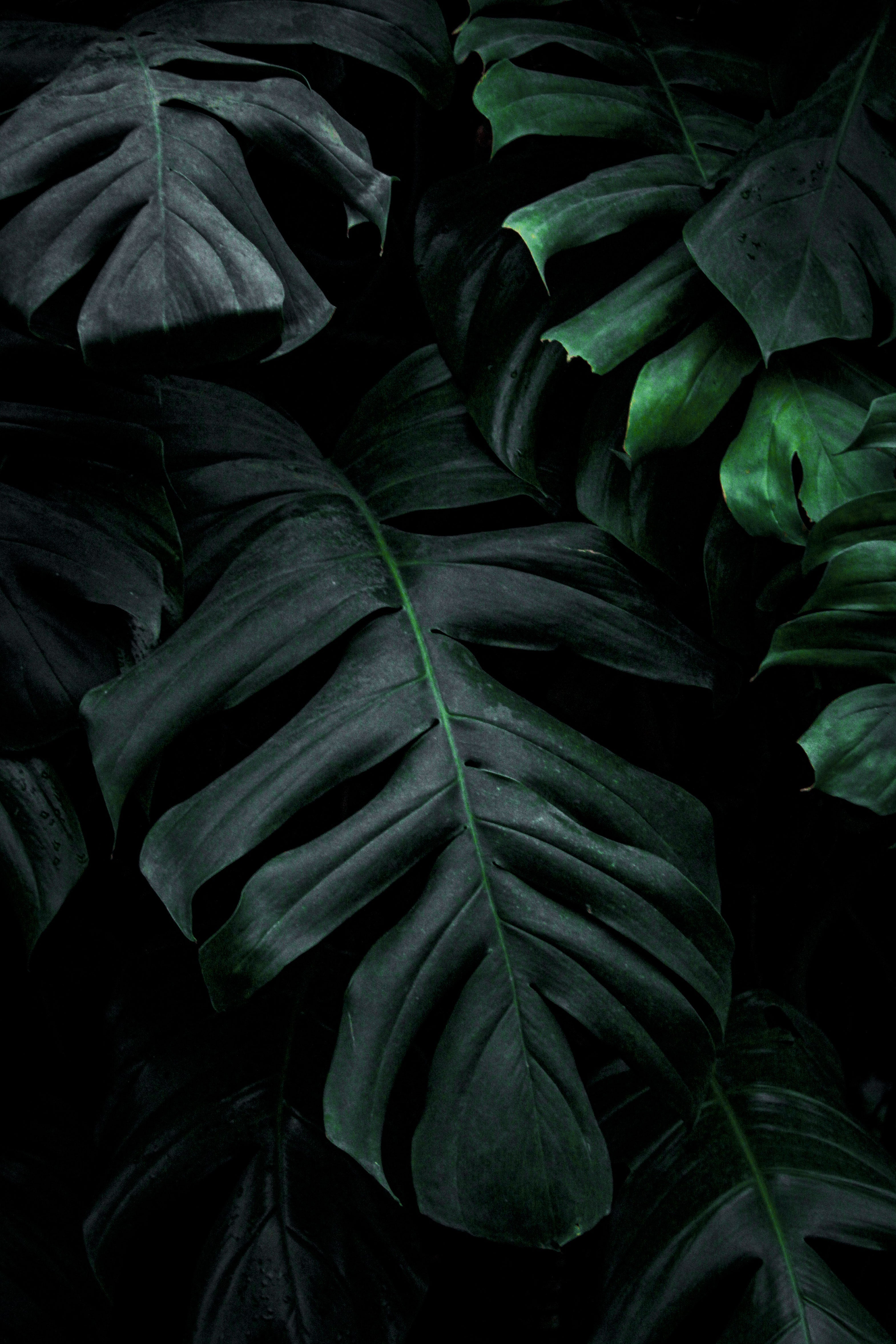
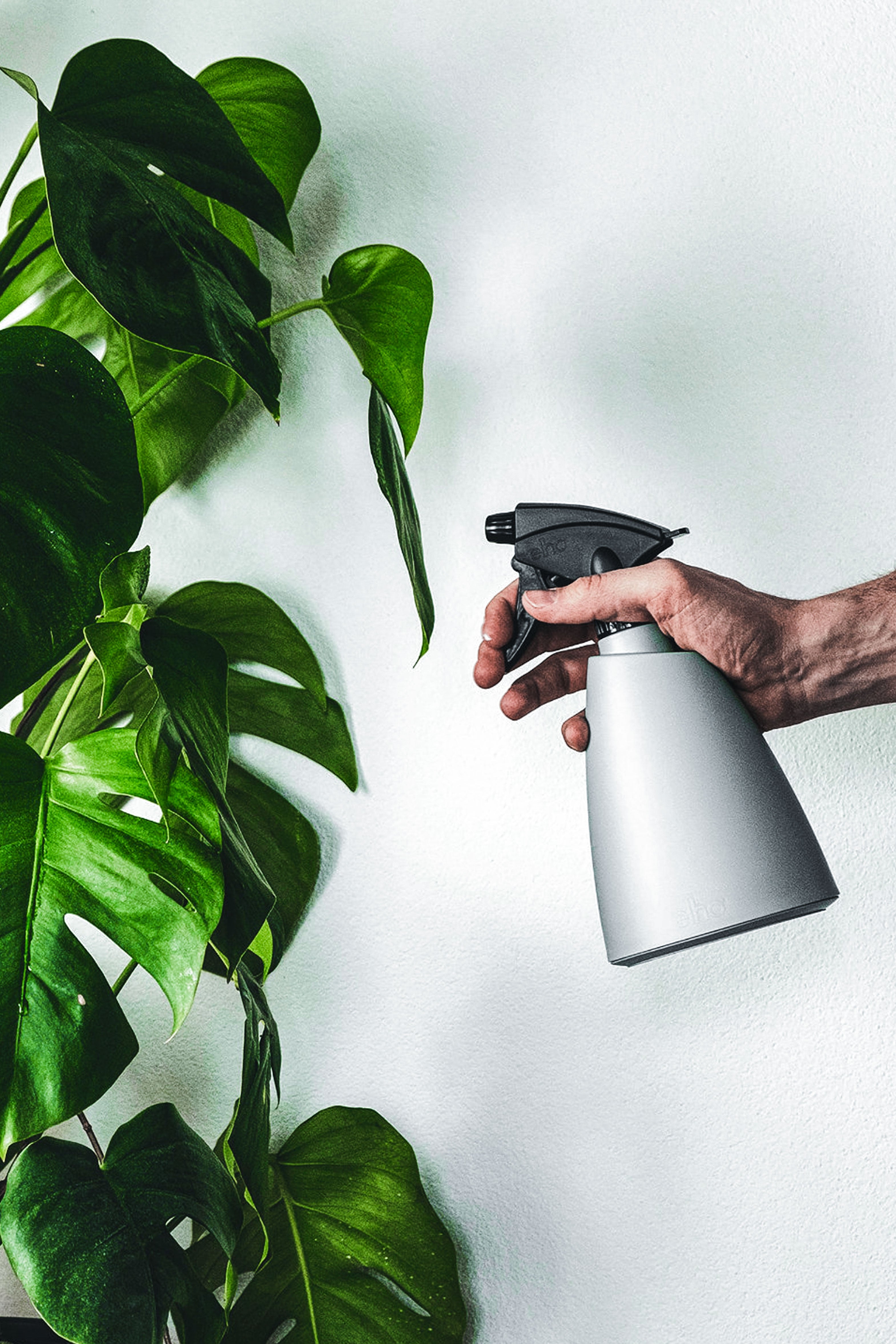
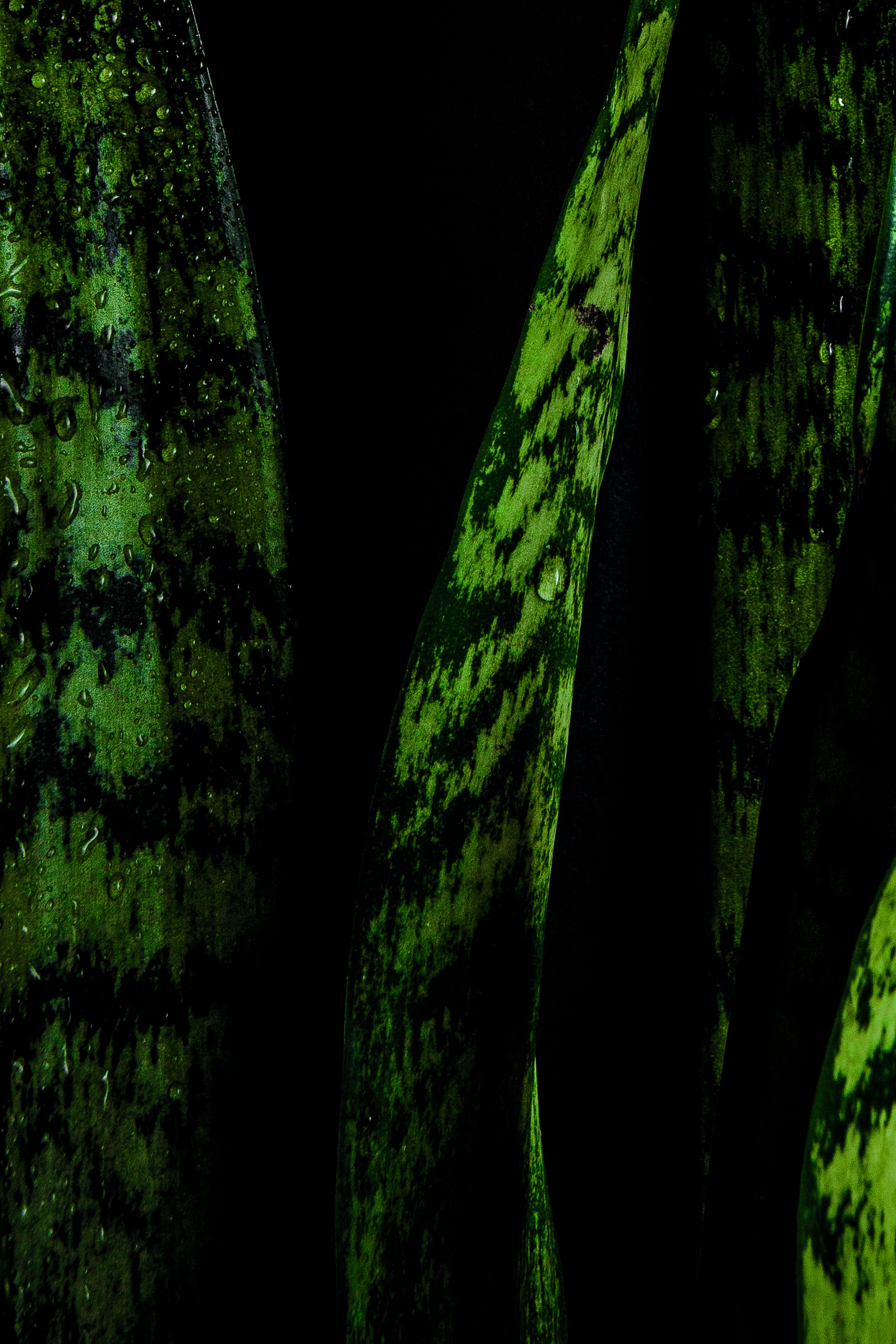
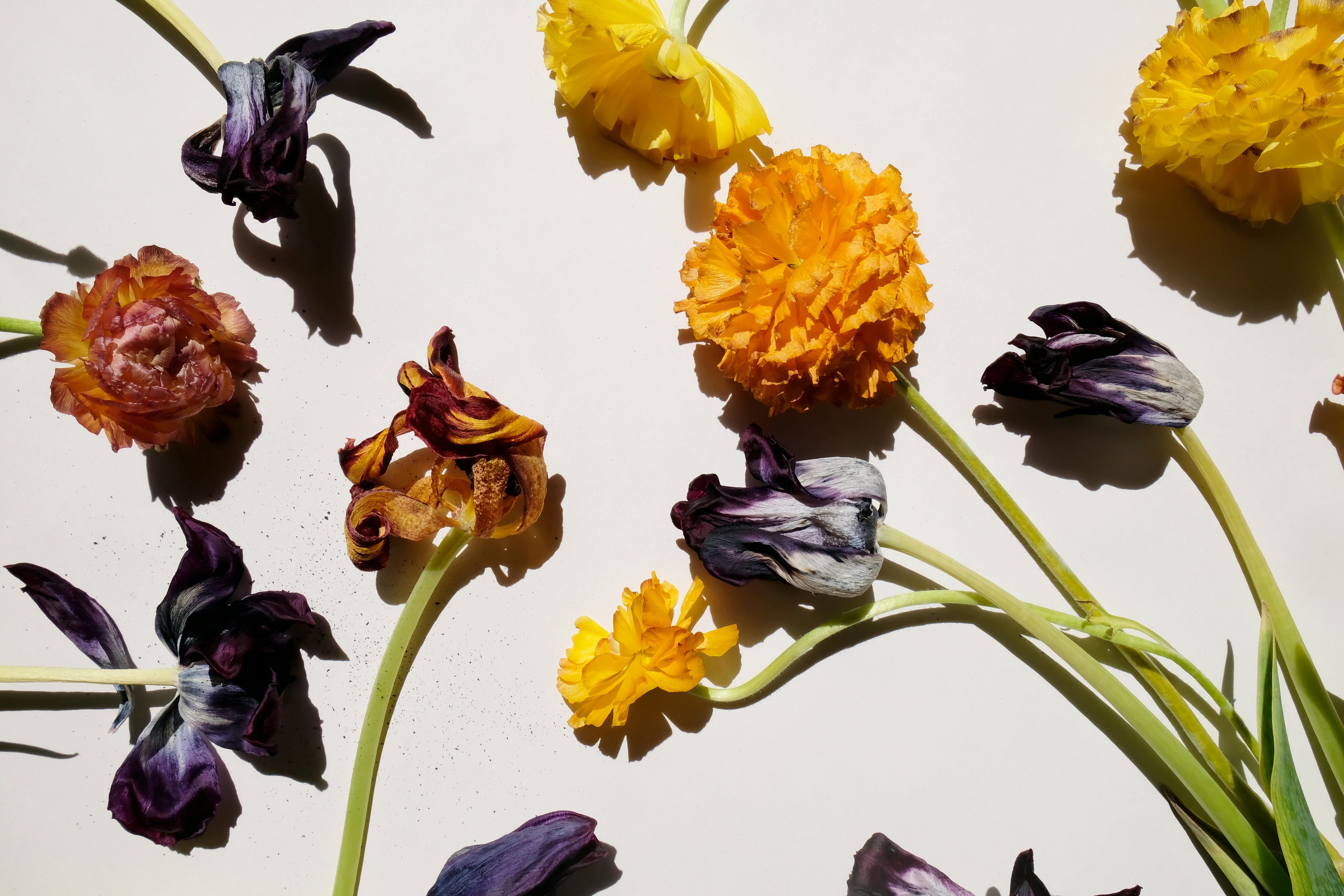
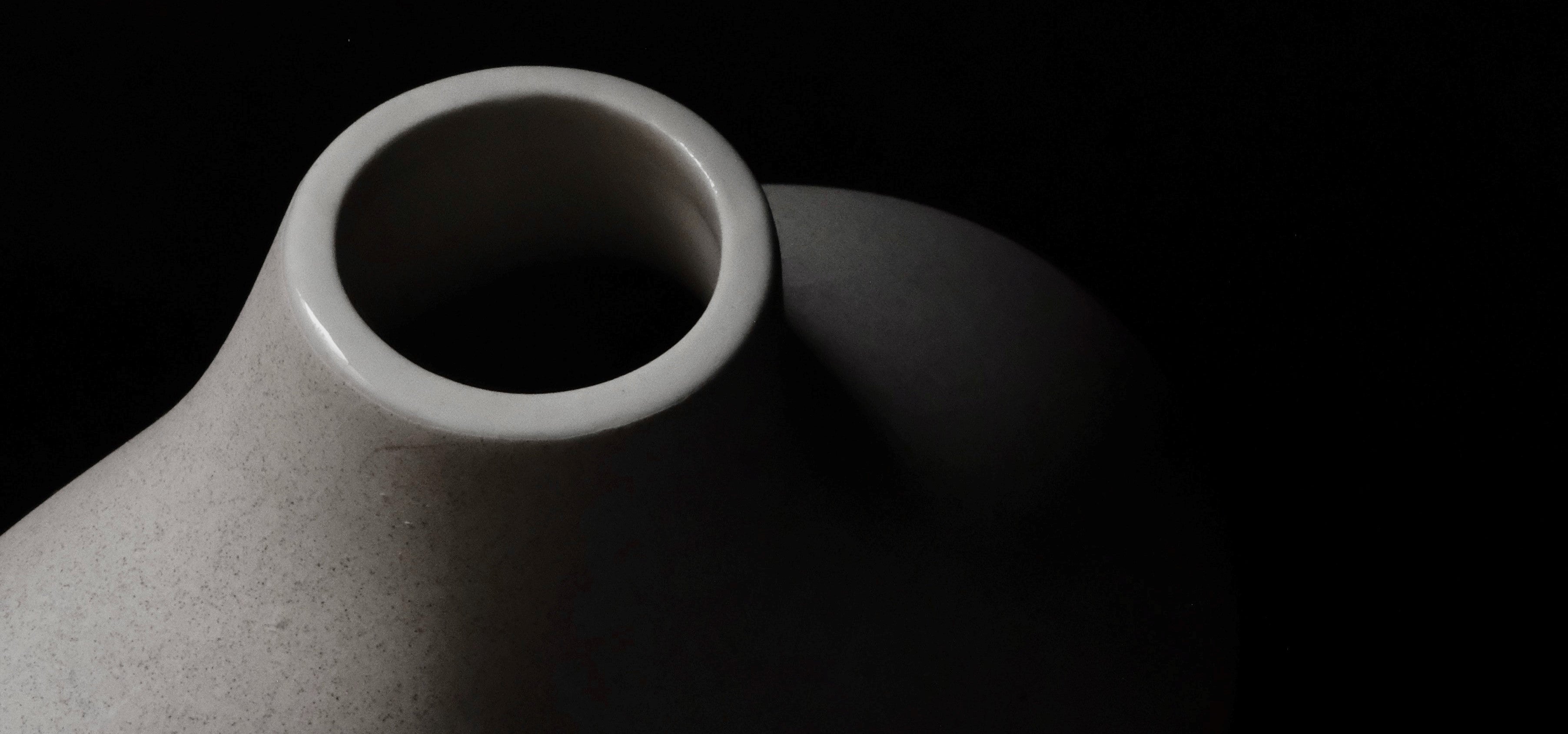
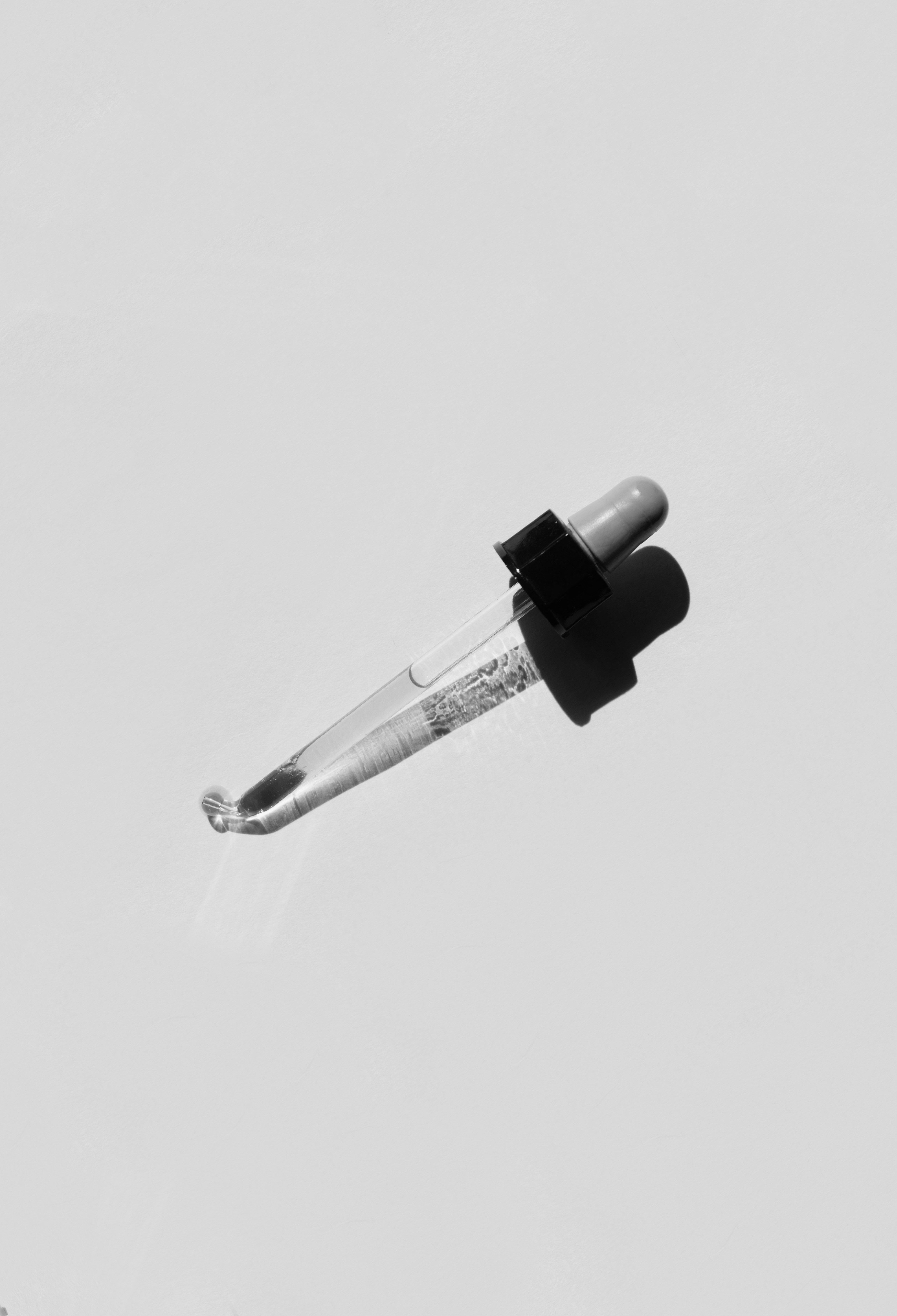

Leave a comment